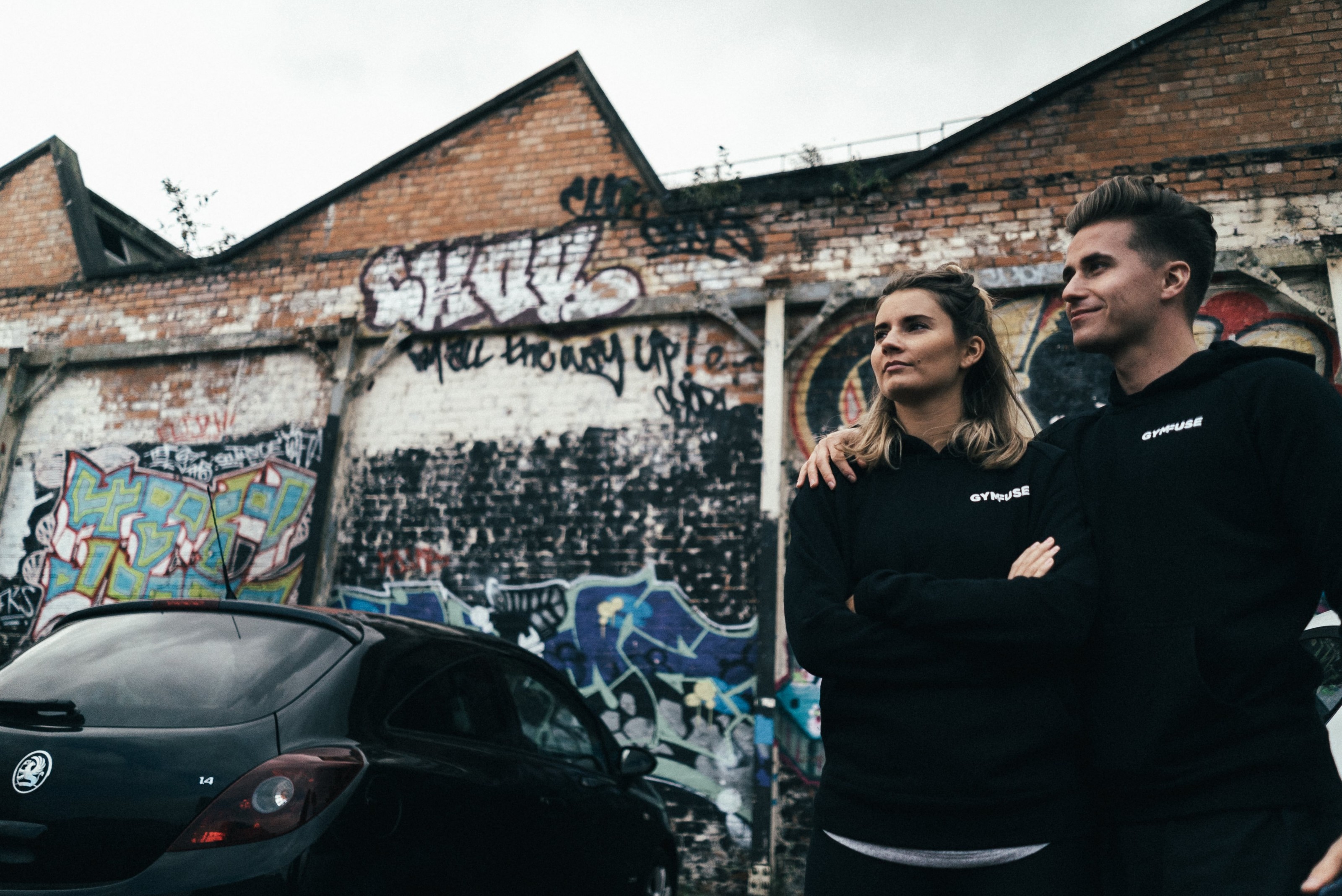Fitness Branding
Building a Community Around a Brand
Brand Communities
An often overlooked element of a brand’s success is the use and function of communities. Humans are inherently social animals. We love associations, groups, tribes, teams and gangs; primarily due to the sense of belonging they give us. When a brand gives us common ground with others we embrace it. When a Liverpool fan spots somebody wearing a red shirt on the other side of the world, they automatically have a level of trust in one another, despite never meeting before due to the shared allegiance. This may seem obvious when it comes to football teams, but how can this be achieved by a brand you may ask?
My favourite example of this is Harley-Davidson.
A quick analysis
The bike brand have arguably the strongest community of any modern company, users form communities called ‘chapters’ and meet regularly dressed in the brand’s leathers riding the brand’s bike. The formation of this meeting being solely driven by the common association between themselves and Harley-Davidson. The level of brand advocacy is so high, numerous riders have tattoos symbolising their allegiance to the products. If we stop for a moment to consider the magnitude of this fact, it is quite remarkable.
So what can we learn from a motorbike brand?
- Don’t be afraid to say who is not ‘in’ for if the community is open to all, the allure is ultimately lost. Embrace your position as a small or medium sized company who can take risks. The famous Irish Proverb rather bluntly states “If you want an audience, start a fight.”
- Building a brand is an opportunity to become a leader. A leader of a specific thought, idea or vision for how the future should look.
- Brand is now part owned by the community (not a bad situation but a situation to acknowledge), do Harley-Davidson want to be synonymous with free-spirited, rebellious males?
- Community reaches beyond the physical manifestation of the products sold – think community first and build products around their needs.
- Don’t be afraid to take things ‘offline.’ In fact, the strongest brand communities almost always have offline elements to them whether it be the ‘chapters’ meets or group workout sessions.
Building a community is also a great model to get more bang for your buck. An ardent tribe will happily produce content for you, for they are proud to be a member of the movement and aren’t afraid to show it. The shift away from over-edited materials to real, raw and honest media goes hand in hand with user created and generated content. An industry specific example of this is Crossfit. Crossfit has done a fantastic job at clearly defining who is ‘in’ and who is ‘out.’ We have all seen the highly entertaining heated online comments regarding how right or wrong someone is for training a certain way. Crossfit also do an excellent job of moving the community offline and into real world, physical meet-ups. The games being a high level example but the nature of group WODs keeps the community reinforcing the core principles it co-created.
Summary
To summarise; consider a community approach if it fits with your overarching goals but be aware of the nuances of this approach. Don’t be afraid to say ‘no’ the groups who do not align and always remember that the community is ultimately bigger and more powerful than the brand it embraces.
Disclaimer: a brand community is not a low-cost ‘quick win’ method, in fact it may be the most difficult strategy to employ but the payoff is significant. Unlike buying ads, influencers or store space, a community requires consistent nurturing, engagement and value.
If you’d like more thoughts on branding in the fitness industry take a look a our ‘5 Key Fundamentals’ eBook in the link below.


